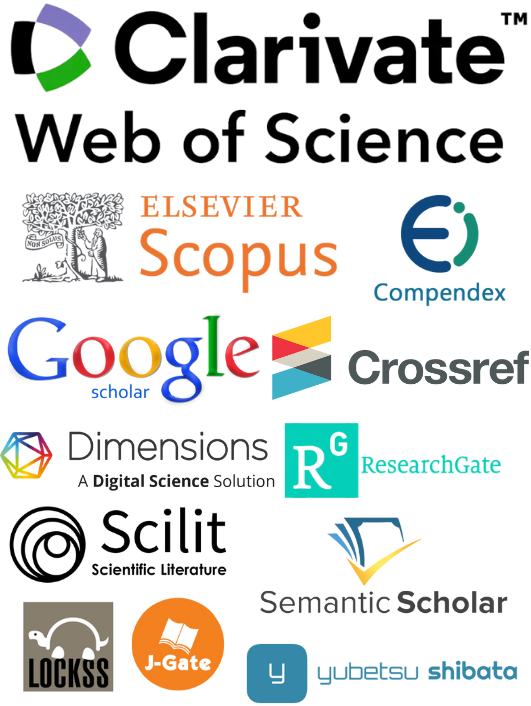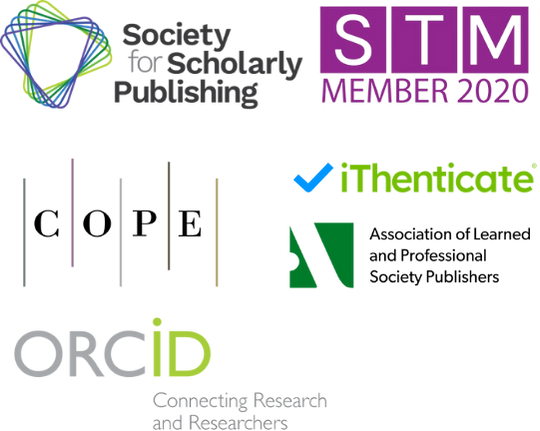Challenges of Localization Requirements for Medical Device Manufacturers and Strategic Responses
Keywords:
medical devices, localization, supply chain management, global strategy, market accessAbstract
As the medical device industry becomes increasingly globalized, manufacturers are facing significant challenges arising from localization requirements imposed by different countries. These requirements, while designed to foster domestic manufacturing and economic growth, create complexities in terms of regulatory compliance, cost structures, supply chain management, and intellectual property risks. This paper reviews the challenges associated with localization in the medical device sector, highlighting key issues such as regulatory complexity, rising costs, and the risks associated with protecting intellectual property. It further explores strategic responses employed by companies, including building local partnerships, investing in local research and development, leveraging digital technologies, and engaging in policy advocacy. The paper draws on successful case studies from companies such as Philips Healthcare, Medtronic, and Siemens Healthiness to provide actionable insights for companies looking to navigate the localization landscape. The findings emphasize the importance of a strategic, flexible approach to localization in order to ensure global competitiveness while complying with local regulations.
References
1. A. Ghanbarzadeh, A. Mirzazadeh, R. Tavakkoli-Moghaddam, and Z. Molamohamadi, "Optimization of a sustainable supply chain for medical device industry under uncertainty and COVID-19 pandemic," Ann. Oper. Res., vol. 1, pp. 1–37, 2024, doi: 10.1007/s10479-024-06370-1.
2. T. Senapati, A. Sarkar, and G. Chen, "Enhancing healthcare supply chain management through artificial intelligence-driven group decision-making with Sugeno–Weber triangular norms in a dual hesitant q-rung orthopair fuzzy context," Eng. Appl. Artif. Intell., vol. 135, p. 108794, 2024, doi: 10.1016/j.engappai.2024.108794.
3. O. Bak, A. Braganza, and W. Chen, "Exploring blockchain implementation challenges in the context of healthcare supply chain (HCSC)," Int. J. Prod. Res., vol. 63, no. 2, pp. 687–702, 2025, doi: 10.1080/00207543.2023.2286491.
4. W. Akram et al., "Blockchain technology: A potential tool for the management of pharma supply chain," Res. Soc. Admin. Pharm., vol. 20, no. 6, pp. 156–164, 2024, doi: 10.1016/j.sapharm.2024.02.014.
5. H. Jahani, Y. Khosravi, B. Kargar, K. L. Ong, and S. Arisian, "Exploring the role of drones and UAVs in logistics and supply chain management: a novel text-based literature review," Int. J. Prod. Res., vol. 63, no. 5, pp. 1873–1897, 2025, doi: 10.1080/00207543.2024.2373425.
6. K. Kioskli et al., "A risk and conformity assessment framework to ensure security and resilience of healthcare systems and medical supply chain," Int. J. Inf. Secur., vol. 24, no. 2, pp. 1–28, 2025, doi: 10.1007/s10207-025-01009-z.
7. V. V. Kumar, A. Sahoo, S. K. Balasubramanian, and S. Gholston, "Mitigating healthcare supply chain challenges under disaster conditions: a holistic AI-based analysis of social media data," Int. J. Prod. Res., vol. 63, no. 2, pp. 779–797, 2025, doi: 10.1080/00207543.2024.2316884.
8. A. Adhikari, R. Joshi, and S. Basu, "Collaboration and coordination strategies for a multi-level AI-enabled healthcare supply chain under disaster," Int. J. Prod. Res., vol. 63, no. 2, pp. 497–523, 2025, doi: 10.1080/00207543.2023.2252933.
9. I. Zrelli et al., "Drone applications in logistics and supply chain management: a systematic review using latent Dirichlet allo-cation," Arab. J. Sci. Eng., vol. 49, no. 9, pp. 12411–12430, 2024, doi: 10.1007/s13369-023-08681-0.
10. A. Y. A. B. Ahmad et al., "An IoT and blockchain-based secure and transparent supply chain management framework in smart cities using optimal queue model," IEEE Access, vol. 12, pp. 51752–51771, 2024, doi: 10.1109/ACCESS.2024.3376605.
11. N. Louissaint and D. Ekoma, "Securing the backbone of healthcare: Resilience in the pharmaceutical supply chain," J. Crit. Infrastruct. Policy, vol. 6, no. 1, p. e12036, 2025, doi: 10.1002/jci3.12036.
12. M. Tiwari et al., "Modelling supply chain visibility, digital technologies, environmental dynamism and healthcare supply chain resilience: An organisation information processing theory perspective," Transp. Res. Part E: Logist. Transp. Rev., vol. 188, p. 103613, 2024, doi: 10.1016/j.tre.2024.103613.
13. N. Alemsan et al., "Integrating lean and resilience: a healthcare supply chain perspective," Int. J. Ind. Eng. Oper. Manag., 2025, doi: 10.1108/IJIEOM-11-2024-0076.
14. E. I. Vazquez Melendez, P. Bergey, and B. Smith, "Blockchain technology for supply chain provenance: increasing supply chain efficiency and consumer trust," Supply Chain Manag.: Int. J., vol. 29, no. 4, pp. 706–730, 2024, doi: 10.1108/SCM-08-2023-0383.
15. E. Javanmardi, P. Maresova, N. Xie, and R. Mierzwiak, "Exploring business models for managing uncertainty in healthcare, medical devices, and biotechnology industries," Heliyon, vol. 10, no. 4, 2024, doi: 10.1016/j.heliyon.2024.e25962.
Downloads
Published
Issue
Section
License
Copyright (c) 2025 Jiguang Liu, Dhakir Abbas Ali, Zheyuan Liu (Author)

This work is licensed under a Creative Commons Attribution 4.0 International License.


